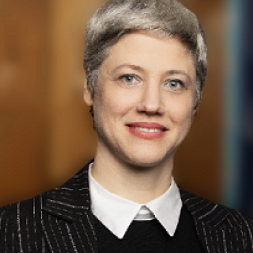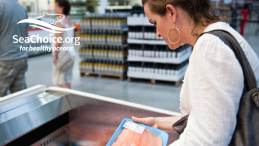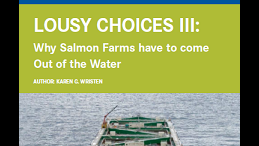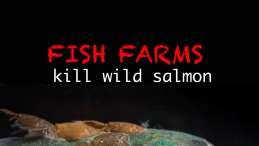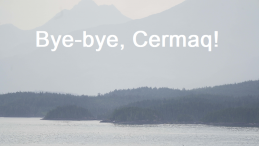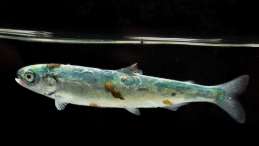Coles, Woolworths and Aldi ‘responsibly sourced’ salmon labels may be misleading, watchdog told
“No urgent due diligence by way of removing the product from shelves, or at the very least the removal of environmental claims, has been taken by the supermarkets or certifications to date,” said Kelly Roebuck, the SeaChoice representative from Living Oceans. Read full article.

